Sculptor David Morar, who in the 1980s reproduced in a workshop of the current National University of Arts in Bucharest an écorché statue made in plaster by Constantin Brancusi between 1900-1902, "translated" to high school students the language behind Brancusi's works under a project of the Mures County Library, on the artist's 149th birth anniversary.
"I have made an introduction to Brancusi's language, and I do not present the work, although I use his works to make myself understood. I have the advantage that I know Brancusi well and, we are both peasants, of peasant origins, we come from the same universe of childhood. As chance would have it, I attended college in Bucharest, in the same space where Brancusi attended school. Ever since I was a student, I tried to understand what his story was. After years, things have settled down and I can tell others what I understood from this attempt to find out his story, how it can be accessible and understood. In college, I worked on Brancusi's écorché, having the original in the hallway of the studio. One day, I took it and put it in the centre of the workshop and for a year I made the écorché. It was my initiative, the écorché was sitting in the hallway, unnoticed by anyone and, studying this sculpture, I understood the tensions of the human body. Impeccably made, a very beautiful piece! It was the only piece that Brancusi and the Romanian state requested, they would have wanted it in his studio in Paris, but they didn't give it to him," sculptor Morar, a curator at the Mures County Museum, told AGERPRES on Wednesday.
Morar graduated from college in 1986 and says that to him reproducing the écorché meant a true study of the human body.
"During the student period it is impossible not to take care of studying. I was interested in how to do it, not what to do. To learn technique, how to do it and so I analysed how others did it, Renaissance artists, ancient artists, etc. (...) I had a practical experience. I am thus addressing young people, those who are receptive and those who want to discover Brancusi and, not necessarily professionals, in order to make Brancusi understood at the high school level. Such knowledge should be possessed by any young person who finishes high school. I told them that Brancusi's source is his childhood, everything he did during his life was a major cultural development of what was printed during his childhood. And that's what I actually wanted them to understand that Brancusi is ours. At this time, we have a problem because we move away from this identity and then we become universal children, who no longer know who we are and because of that we lose access to language," said Morar.
During the "Remember Brancusi" event at the Art Department of the Mures County Library, Morar mediated a meeting between a genius of modern sculpture, Constantin Brancusi and tenth grade students of the Gheorghe Sincai Technological High School of Targu Mures, accompanied by librarian Norica Hategan.
"The students discovered the symbolism and essence of the shapes created by the great artist. A lesson in simplicity, essence and infinity, in the inspiring space of the library," the library says in a social media post.

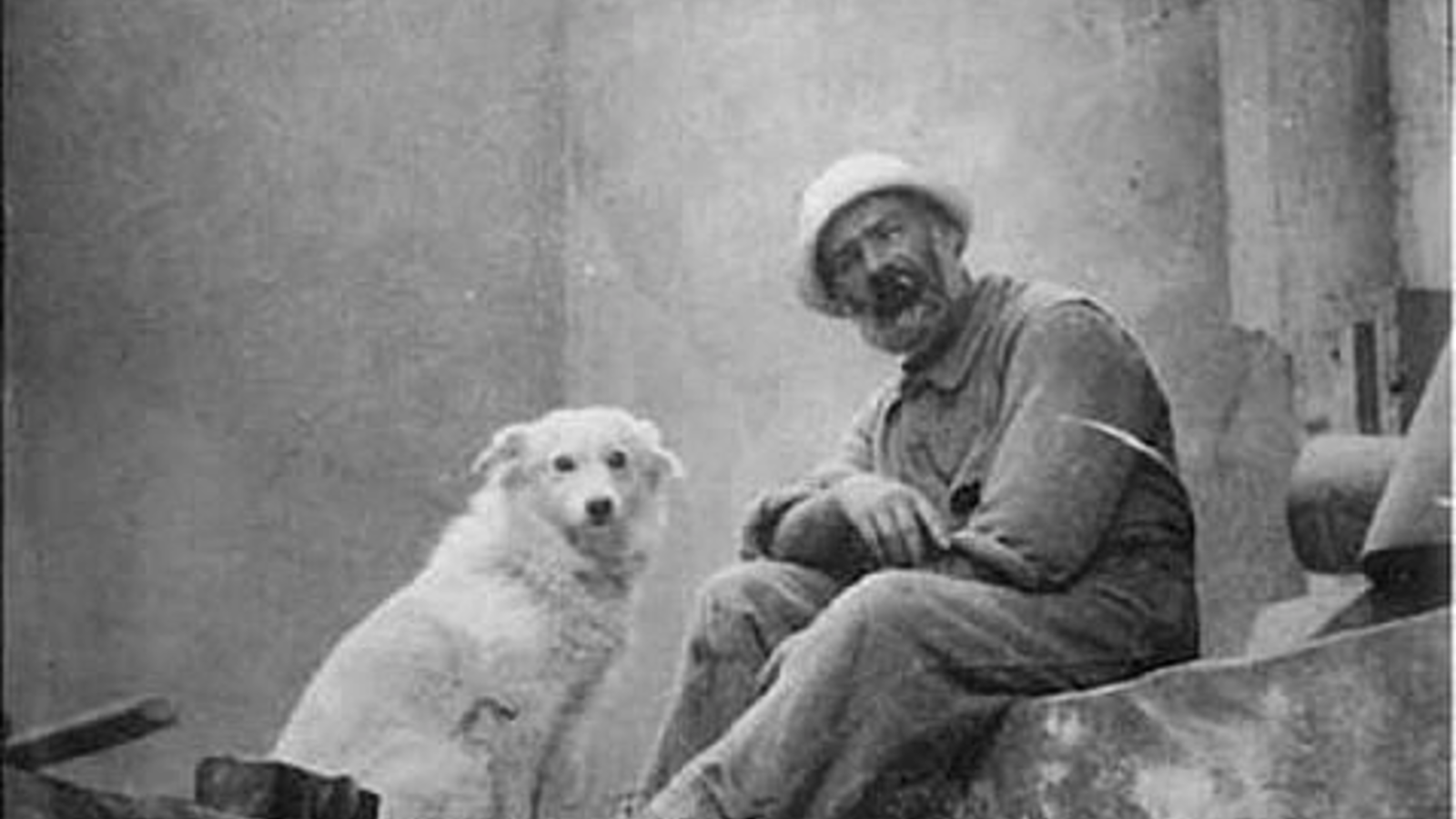







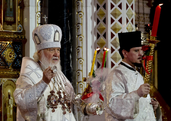



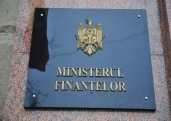

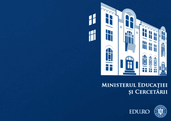
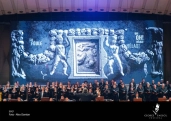







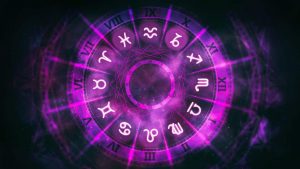



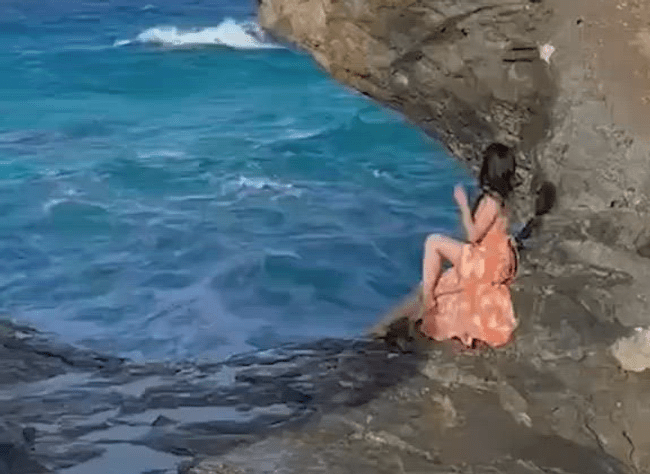


Comentează